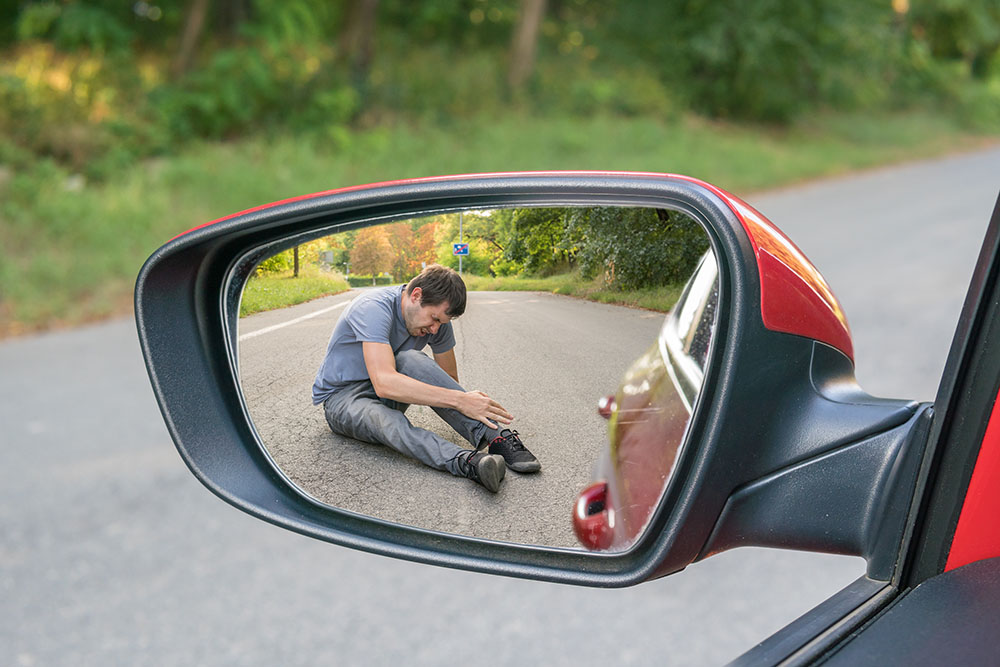Car accidents generally increase when a heavy rain storm hits or when our version of winter weather begins. That’s why Southern California drivers must be prepared to drive in hazardous conditions. Consider the following five safety tips for driving in hazardous weather:
Oil or other substances on the road can create a slick road surface. It may be very difficult to control the vehicle on a slick road. Immediately stop your vehicle on a slick surface because there’s no way to predict the stretch of slick road or prevent an accident that can seriously injure you, your passengers, and others.
Beware of flash floods. When rain falls heavily in a short time period, flash floods can result. If you’re driving in a low-lying stretch, such as near a river or dry lake, a flood can happen without warning.
Watch out for rockslides or mudslides. You should stay alert for these Southern California winter hazards at all times. Mudslides are particularly common along Southern California’s coast.
Heavy fog. In Southern California’s winter months, heavy fog can result in close to zero visibility levels. When combined with wind and rain, driving conditions may be hazardous.
Wind storms. High winds are a common Southern California driving hazard. Winds are sometimes so strong that some drivers find it difficult to control their vehicles. A high wind alert can cause some highways to close. It’s also possible for drivers to face downed trees, flying debris, and power lines. If you’re in the car, stay alert. Don’t drive in a windstorm.
Despite planning and best efforts to avoid hazardous weather, the unexpected can happen. Drive cautiously. If you are involved in a serious motor vehicle accident due to another driver’s negligence, contact the personal injury team at The Paris Firm today to discuss your potential case.











